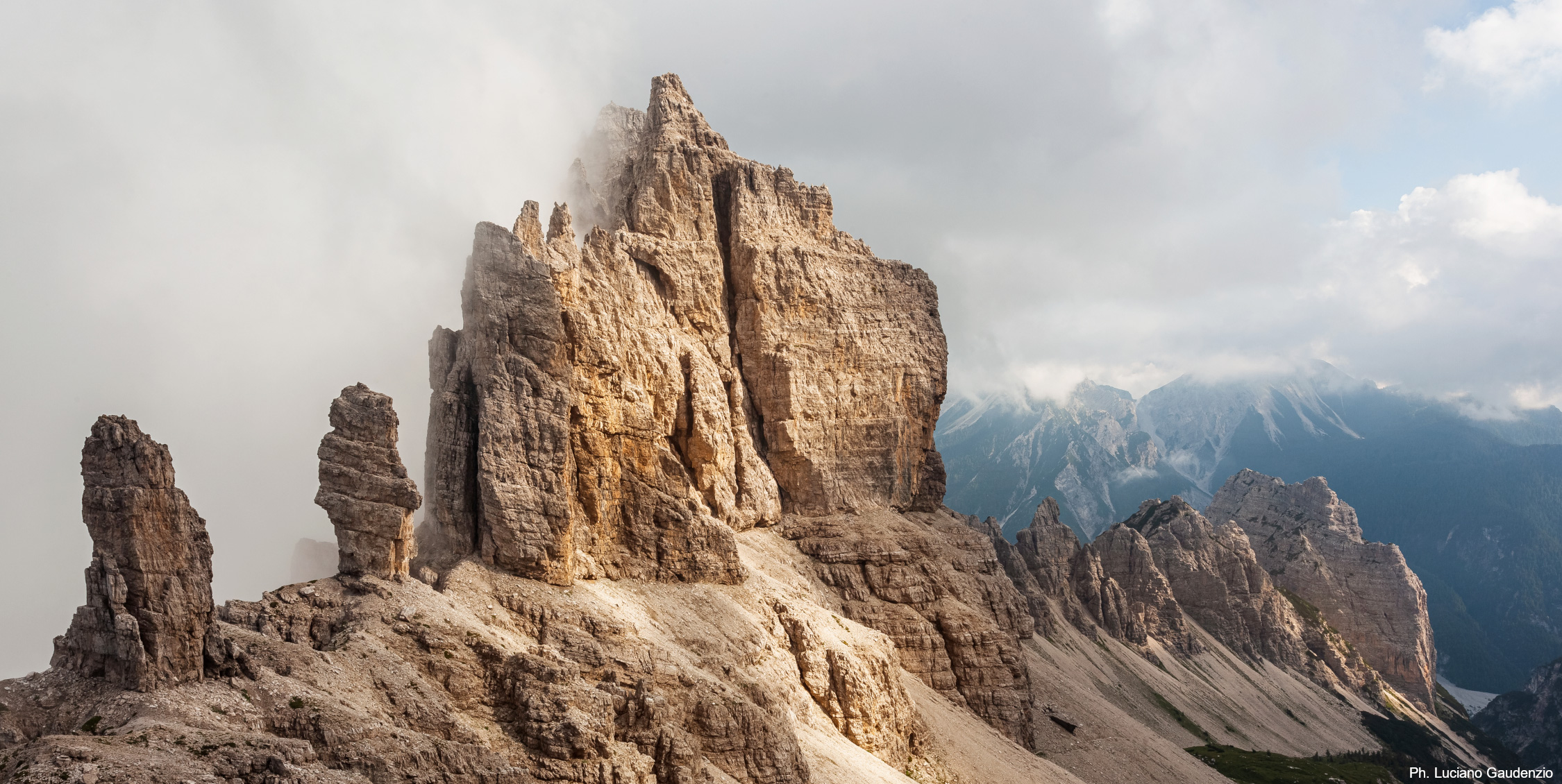Dolomiti Friulane and d’Oltre Piave
This System extends over the Provinces of Pordenone and Udine with a small area in the Province of Belluno. Its surface area of 21,461 hectares is enclosed by the river Piave, the higher reaches of the Tagliamento river and by Val Tramontina and Val Cellina. The Dolomiti Friulane e d’Oltre Piave, to give it its full name, is a fairly compact, continuous system of peaks offering breathtaking views over its magical landscape.
Moving from north to south you encounter Monte Cridola, the Monfalconi peaks – which include the spectacular Campanile di Val Montanaia – the Spalti di Toro peaks, and the Duranno-Cima Preti chain. What makes this System special is its extensive wilderness areas. Here more than anywhere else you can marvel at the sheer power of Mother Nature, largely untouched by human interference. In 1996, the Friulian Dolomites Natural Park was established to protect and promote the area’s geological and natural heritage.
Geology
Explore
Google Street View




